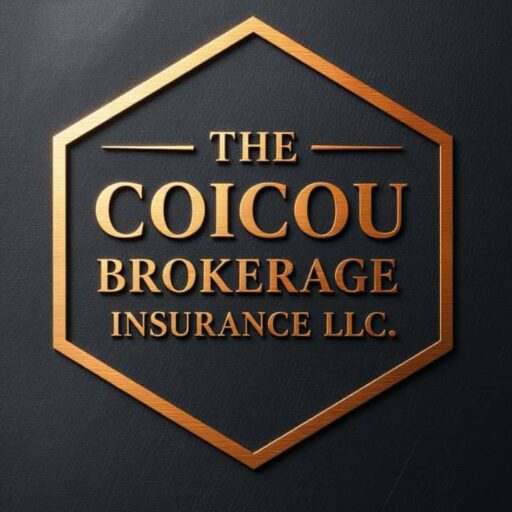Homeowners Insurance 101: Understanding HO-3 Policies, Deductibles, and Riders
For most people, a home is the largest asset they will ever own. Protecting that investment requires the right homeowners insurance policy. But navigating the jargon—from “peril” to “endorsement”—can feel like learning a new language. This guide breaks down the core components of the most common policy type so you can feel confident in your coverage.
The vast majority of homeowners hold an HO-3 policy, which is the standard, comprehensive coverage package in the United States. What does homeowners insurance cover under this specific form? It provides different levels of protection for different parts of your property.
Understanding the HO-3: All-Risk vs. Named-Peril Coverage
The HO-3 policy offers a mix of “all-risk” and “named-peril” coverage, which is the key difference between peril and loss. A peril is an event that causes damage (like fire or hail), and a loss is the damage itself.
- Dwelling and Other Structures (All-Risk): Coverage for your actual home (Dwelling, or Coverage A) and structures detached from it (like a fence or garage, Coverage B) is typically provided on an all-risk basis. This means the policy covers everything except a list of specifically excluded perils (such as floods, earthquakes, or maintenance-related issues). When determining how to calculate dwelling coverage, you should base the amount on the cost to completely rebuild your home, not its market value.
- Personal Property (Named-Peril): The contents of your home (Personal Property, or Coverage C) are typically covered on a named-peril basis. This means your belongings are covered only against the perils specifically listed in the policy (e.g., fire, theft, windstorm, but usually not simple breakage or mysterious disappearance).
The main takeaway in comparing HO-3 vs HO-1 vs HO-2 policies is that the HO-3 offers the broadest and most flexible coverage combination available for a standard policy.
Replacement Cost vs. Actual Cash Value
When a loss occurs, how your insurer values your belongings is critical. You must know the difference between replacement cost vs actual cash value (ACV).
- Replacement Cost (RC): The insurer pays the amount required to replace the damaged item with a brand new one of similar quality, without subtracting depreciation. This is almost always the preferred option for both your dwelling and personal property.
- Actual Cash Value (ACV): The insurer calculates the item’s replacement cost and then subtracts depreciation for age and wear-and-tear. This results in a smaller payout, meaning you pay more out-of-pocket to fully replace the item.
Demystifying Deductibles
Before your insurance coverage begins to pay for a loss, you are responsible for paying your home insurance deductible explained in your policy documents. This is the amount you pay out-of-pocket for each covered claim.
When choosing homeowners deductible, there is a trade-off:
- Higher Deductible: Reduces your premium but means you pay more per claim.
- Lower Deductible: Increases your premium but reduces your out-of-pocket expense per claim.
A separate deductible, often a percentage of your dwelling coverage, may apply to specific losses like wind or hail. This is why many look for the best way to lower homeowners insurance premium by raising their standard deductible to a manageable amount, like $1,000 or $2,500.
What are Riders and Endorsements?
A home insurance rider (or endorsement) is an optional addition that modifies the standard HO-3 policy to cover something it typically excludes.
For example, standard personal property coverage often places low limits (like $1,500) on high-value items like jewelry, furs, or collectible art. If you own these items, you should consider scheduling valuable personal property by adding a “floater” or “scheduled personal property endorsement.” This addition ensures the item is covered for its appraised value and may even cover losses that named-peril coverage excludes, like mysterious disappearance.
Review your policy and discuss endorsements with your agent to ensure your coverage is truly comprehensive.
Now that you have the content for Blog Post 12, we can switch gears.
The next planned task is to address the urgent technical issue in the Secure the Life & Health Quote Funnel application. Are you ready to dive into the Angular code for that fix?
